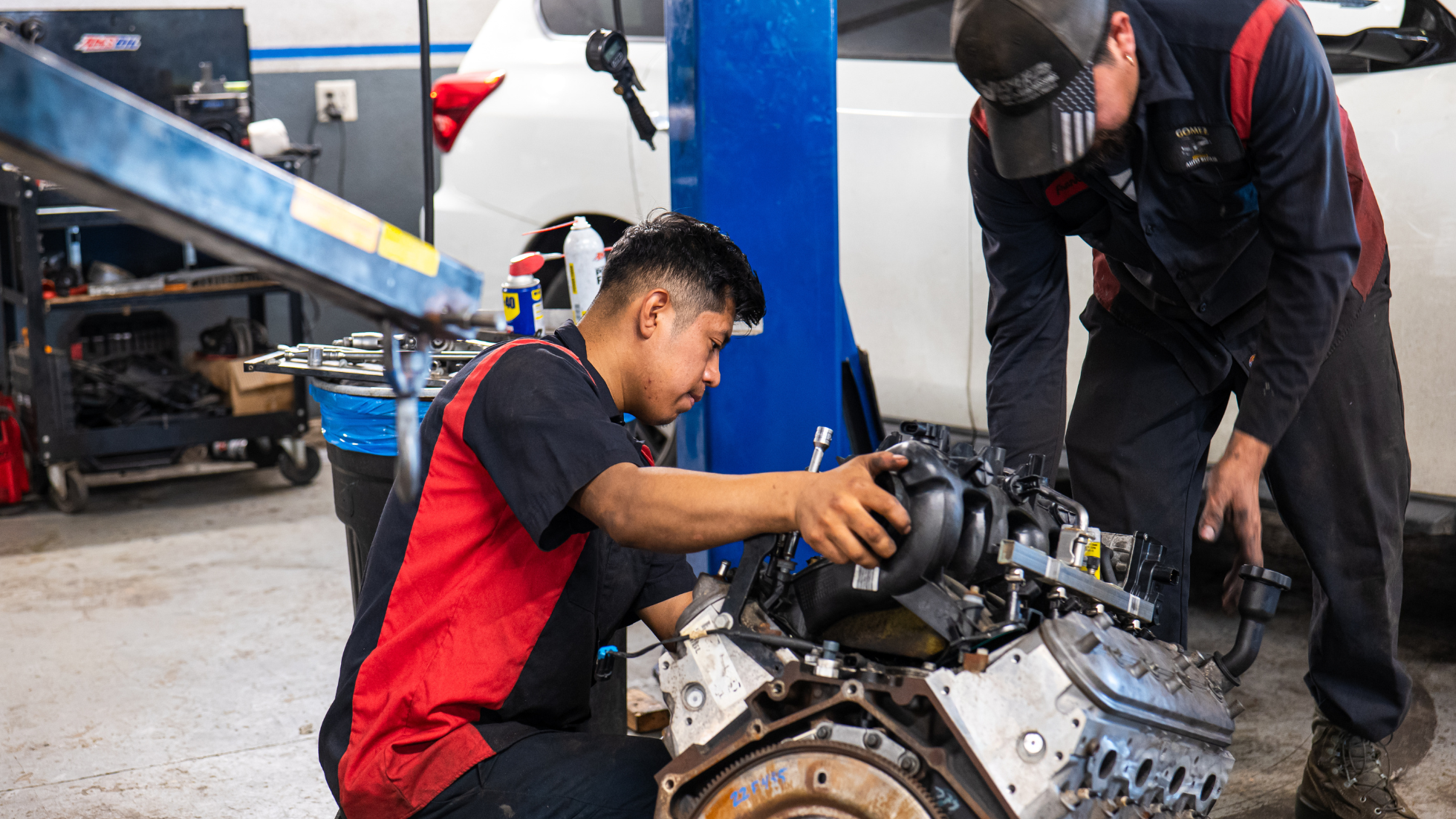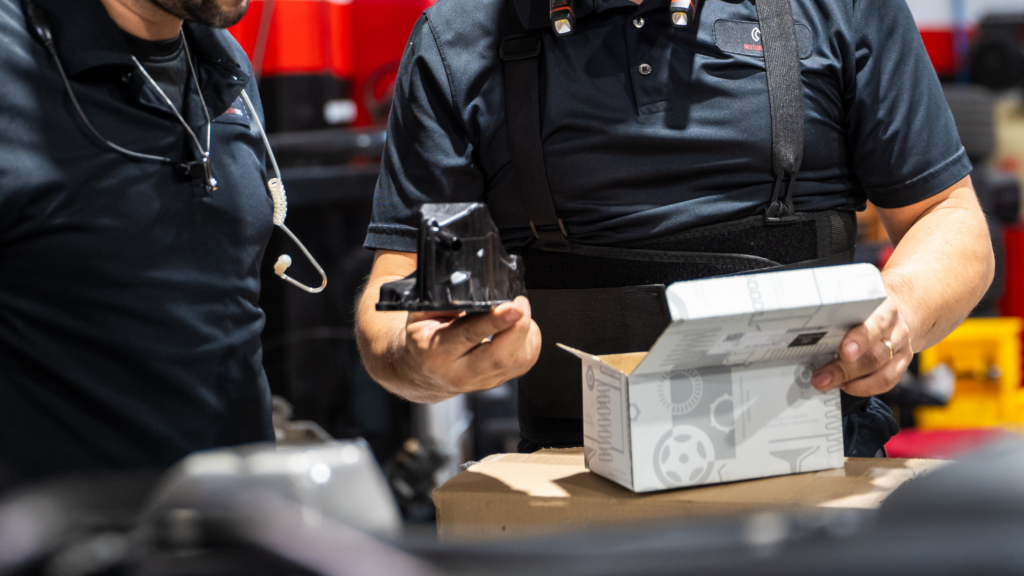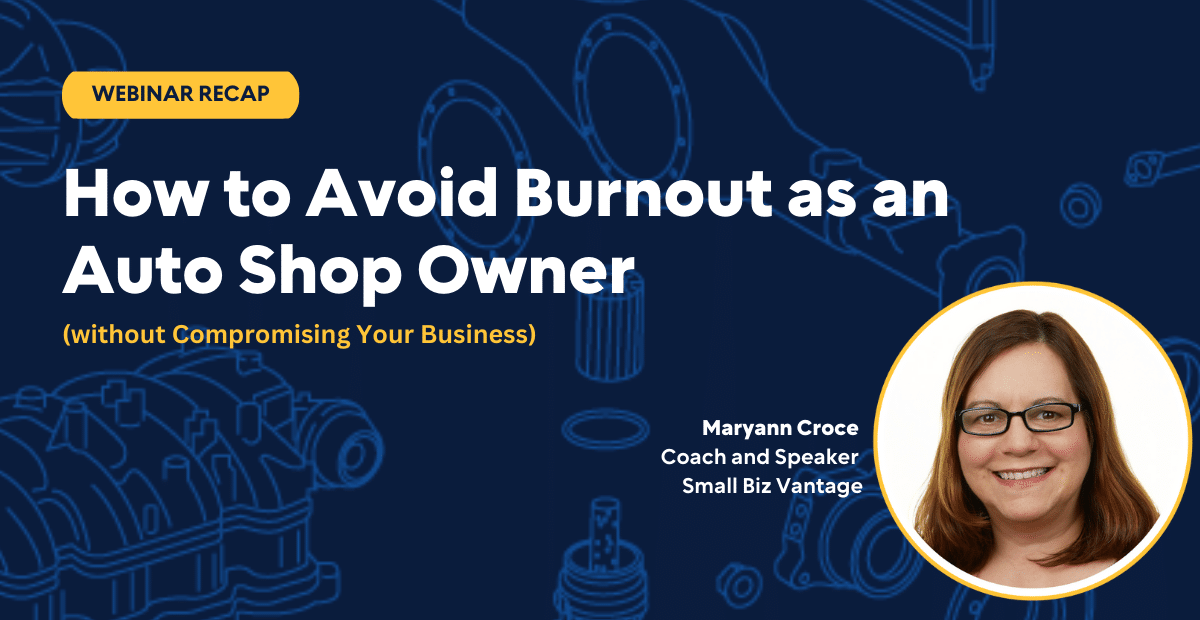
During our recent webinar series focused on parts markup strategies for auto repair shops, we received many questions and comments from shops highlighting the challenges and concerns they face when considering price increases for their parts.
Our guest speaker, Cecil Bullard, Founder & CEO of The Institute for Automotive Business Excellence, provided insightful guidance. With decades of experience coaching thousands of shops across the U.S. on optimizing their parts margins, Cecil shared his thoughts and insights for confidently handling customer pricing objections and addressing the growing trend of customers wanting to bring their parts. Below, we summarize the concerns we heard and Cecil’s advice.
“My customers tell me that my parts are very expensive.”
Cecil acknowledges that all parts are expensive but emphasizes that interpreting statements like “your parts are expensive” as a need to lower your prices (or not raise your prices) is a mistake.
When a vehicle owner needs work on their car, it’s often not a planned expense. “No one wakes up in the morning and says, ‘I want to buy brakes,’” says Cecil. Customers saying, “It’s expensive,” is a natural reaction, but not one that you should take personally or that your shop should act on by lowering your prices or choosing not to raise them.
He illustrates his point with a personal anecdote, “Even the shop that I go to today will call me and say, ‘Cecil, you need XY&Z done, and it’s a couple of thousand dollars,’ and my first reaction is, ‘Dang it, that’s so expensive!’ But that doesn’t mean they should lower their prices.”
Cecil further emphasizes that many things have gotten expensive today. Whether it be milk, your favorite fast food order, or gas — it’s natural to have a “wow, that’s expensive” reaction, but it doesn’t mean you’ll never buy gas, get your favorite to-go meal, or purchase milk again. It’s the same for auto repair services.
“You have to get your emotions out of your pricing,” encourages Cecil, “No one likes to pay for automotive repair. No one likes to pay for groceries. I don’t like to pay for groceries – but I like to eat. I don’t like the price of gas, but I’m going to go fill up my truck.”
“I’m worried I will lose customers if I raise my prices.”
“I’ve worked with thousands of shops, and I’ve never priced anyone out of business, ” Cecil says. The shops I’ve worked with that have higher labor rates and parts margins actually have a steadier, more profitable business. Customers leave when they don’t see the value, not because your costs are $5 more.”
Ultimately, handling your parts pricing with the right mindset boils down to confidence in your pricing strategy, the quality of service you provide, and the relationships you build with your customers. These elements, combined with a clear understanding of the added value your shop offers, are vital to maintaining a profitable and reputable auto repair business.
Value is key. The financial impact of slight increases will go unnoticed by 95% of your customers if they see the value you offer in your services. “If you raised your parts margin by 10% on a $500 order, where $250 is parts, the order only increases to $525,” says Cecil, “Most customers won’t balk at this small increase. I’ve had hundreds of customers raise their rates, and none of them chased away a bunch of clients. Most don’t even know who left, and they probably lost a few clients, but those are the bottom 1% or 2%, who are the ones that don’t let you make money and eat up your life.”
“My customers tell me they can get the parts for cheaper and bring them in.”
Cecil also addresses the trend of customers wanting to bring their own parts. He acknowledges, “Yes, they can probably buy the part cheaper online or at a local store. But what does that part come with?”
In demonstrating how he would speak to a customer who wants to bring their own parts, he says, “The part that comes from me guarantees it’s going to fit. I guarantee that it’s going to last. I guarantee that it’s going to take care of your problem. You get great customer service from us. You don’t have to spend your time going down and trying to get the right part. If a part from me goes on your car and it doesn’t work, I will take care of it because I have a warranty.”
The consequences of allowing customers to bring their own parts are significant. Here are some Cecil called out:
- If a customer brings in a part, you don’t know anything about that part. You don’t know if it’s quality or if it’s counterfeit. If you install it, you’re going to be the one liable in court if it fails. In most states, whether you like it or not, you’re warranting the parts they bring in because when you go to court, you are the professional, and you will lose that court case.
- Suppose the insurance company that handles your liability insurance finds out that you are letting customers bring their own parts. In that case, they can and might cancel your coverage or raise your rates because you are creating additional liability for them.
- You must make a certain margin in your business or face going out of business.
- If the part they bring in doesn’t fit, your bay will be tied up for days or weeks while the customer goes out to find the right part.
Cecil explains that other industries don’t allow customers to bring in their own products, and the auto industry needs to do the same. “Think about going to your local restaurant with your eggs and your bacon and saying, ‘ Will you cook this for me?’ Take a bag of potatoes and steak to a restaurant, ask them to cook it for you, and see what happens.”
Build Your Shop on Relationships and Value
To combat pricing objections and discourage BYO parts, Cecil advises shops to focus on building relationships and value for customers. “If you built your business on discounts, you will have a problem. If you build your business on relationships, you won’t have a problem with price increases.”
To learn more about parts markup and watch the full webinars featuring stories from Cecil, visit our Parts Markup Guide.



